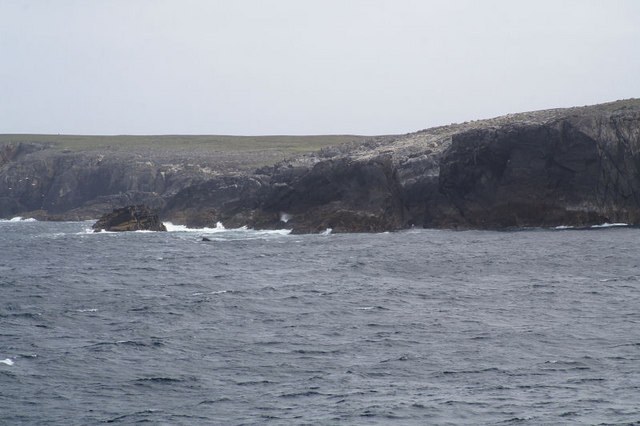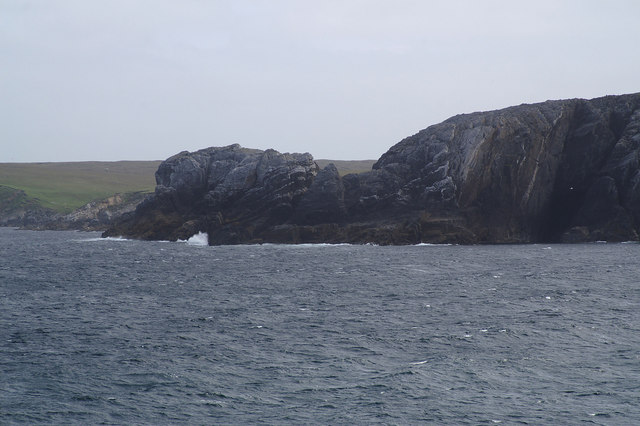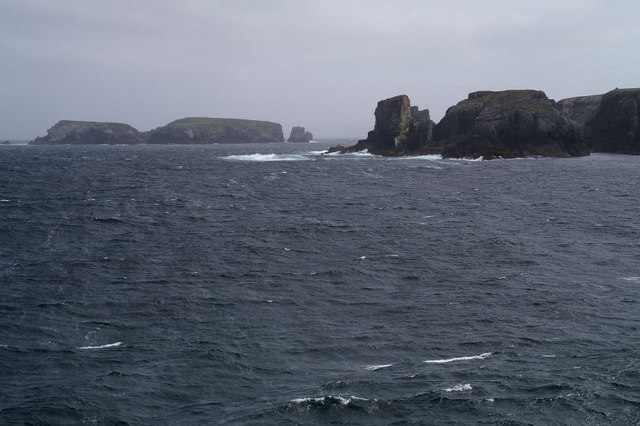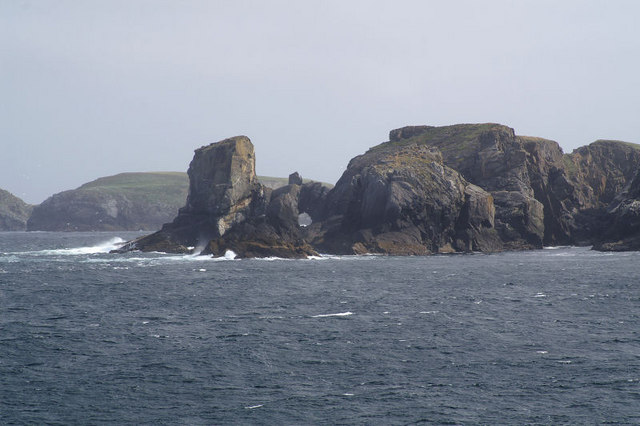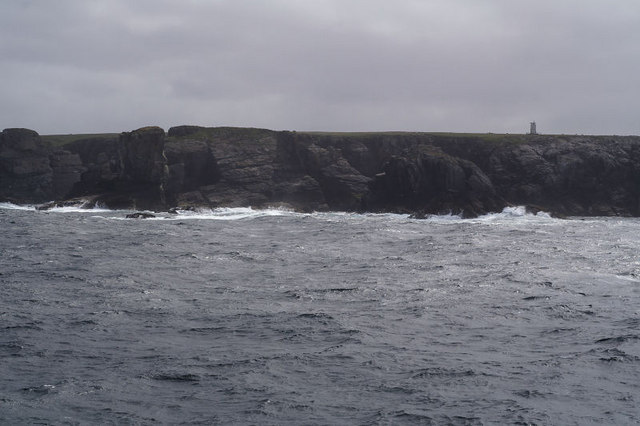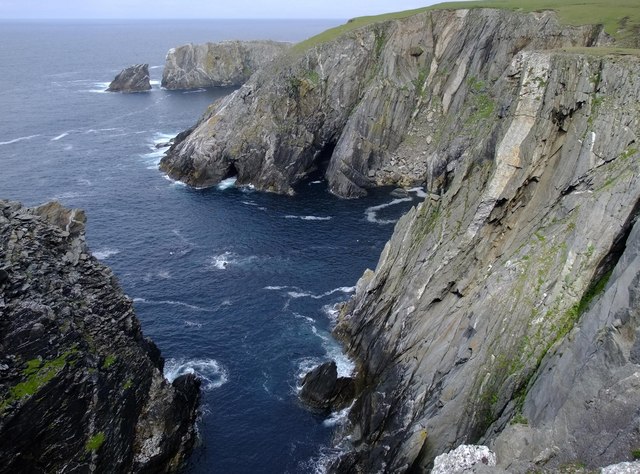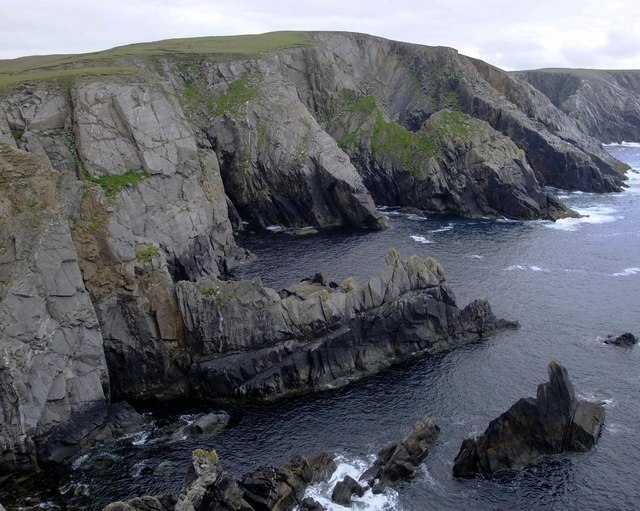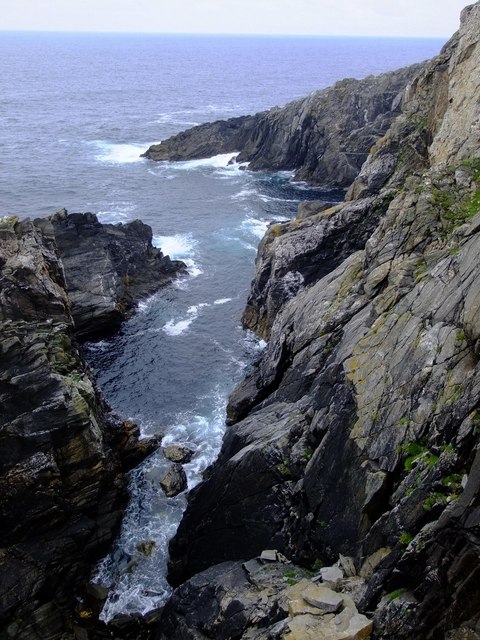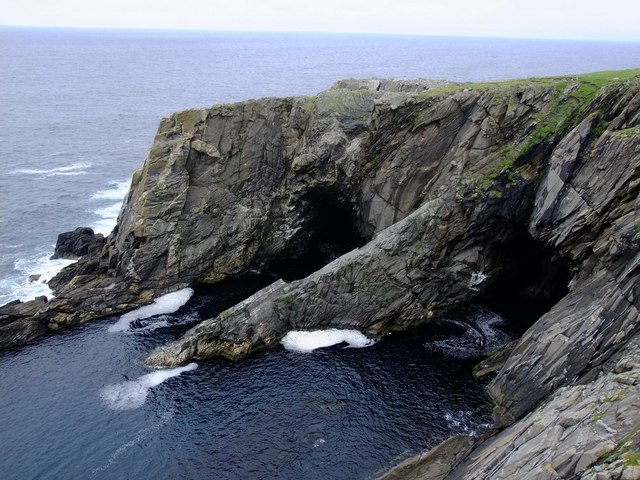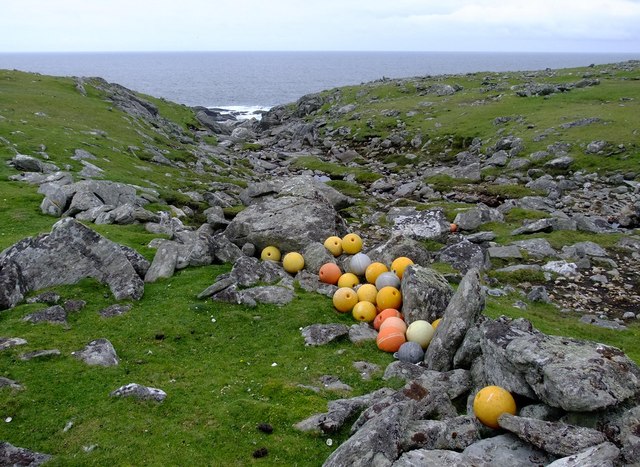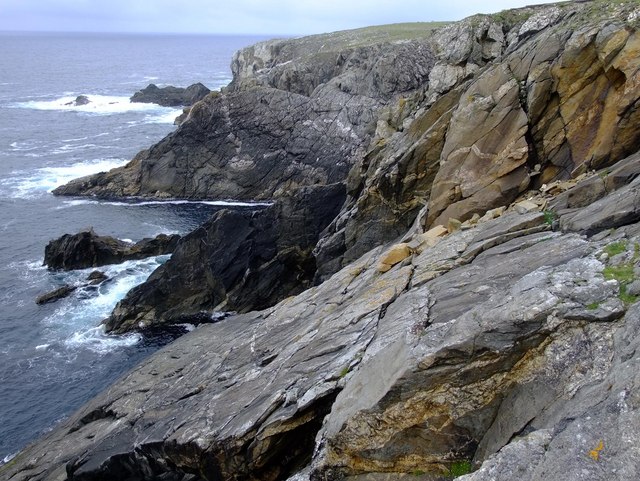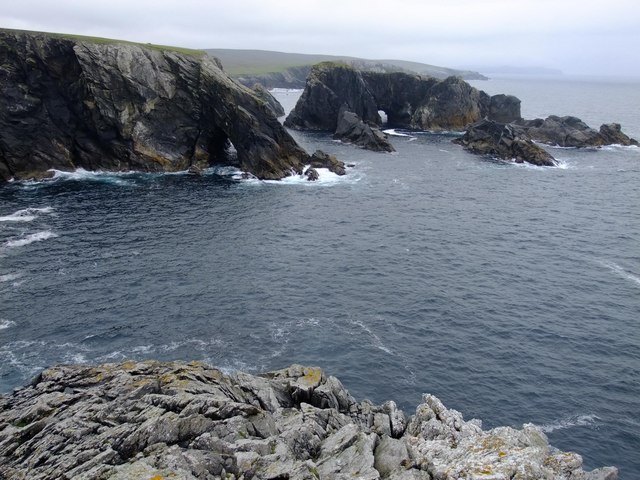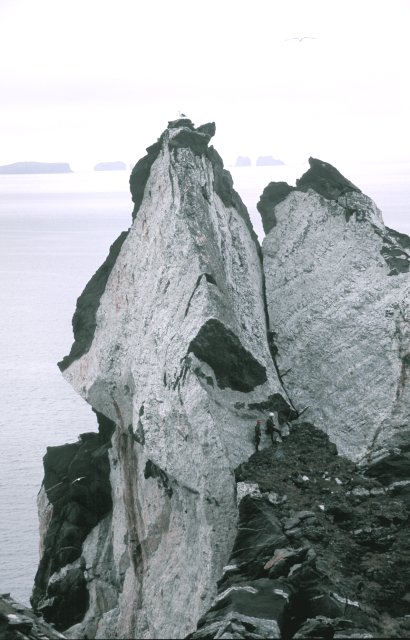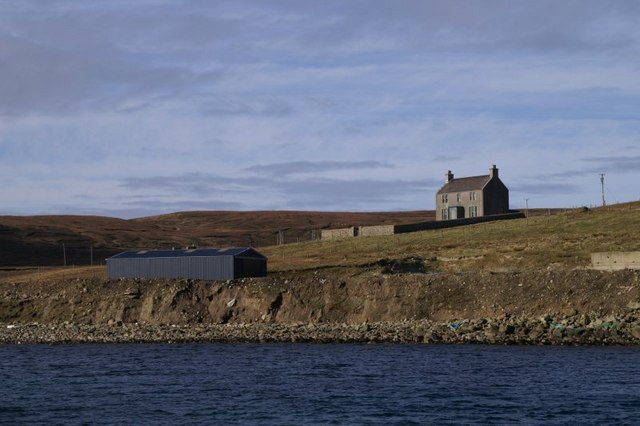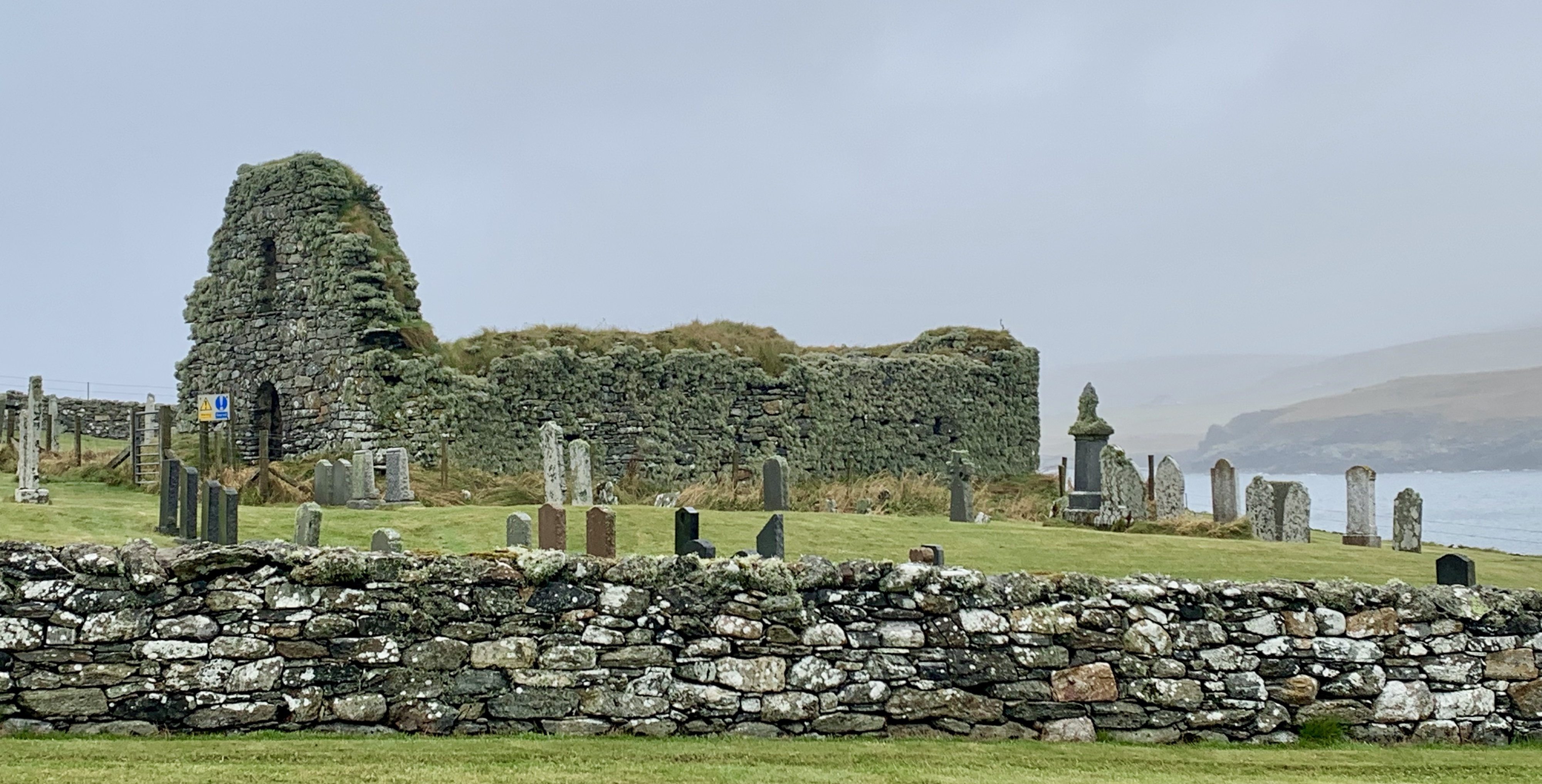Burgi Geos
Coastal Feature, Headland, Point in Shetland
Scotland
Burgi Geos
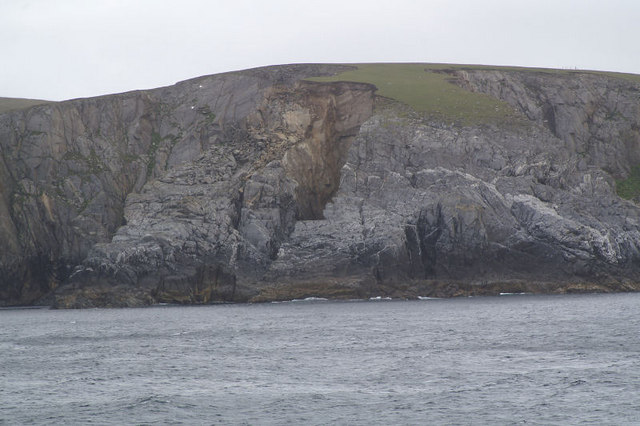
Burgi Geos is a prominent coastal feature located in the Shetland Islands, an archipelago situated off the northeastern coast of Scotland. It is classified as a headland or point, as it extends out into the sea, forming a distinct and recognizable landform.
The name "Burgi Geos" is derived from the Old Norse language, reflecting the Viking heritage of the region. "Burgi" means fortification or stronghold, while "Geos" refers to narrow inlets or gullies. This name is quite fitting for the site, as it is characterized by its steep cliffs and rugged terrain.
The headland is composed of a variety of geological formations, including layers of sedimentary rocks such as sandstone and shale. These rock layers often exhibit fascinating patterns and colors, reflecting millions of years of geological processes.
Burgi Geos offers stunning views of the surrounding coastline, with its cliffs rising dramatically above the crashing waves of the North Atlantic Ocean. The area is also home to a diverse range of wildlife and plant species, including seabirds, seals, and wildflowers that thrive in the coastal environment.
Due to its striking natural beauty and unique geological features, Burgi Geos attracts both locals and visitors alike. It offers opportunities for outdoor activities such as hiking, birdwatching, and photography. Additionally, the area's historical significance and cultural heritage make it an intriguing destination for those interested in the Viking history of the Shetland Islands.
In conclusion, Burgi Geos is a captivating headland or point in the Shetland Islands, renowned for its steep cliffs, stunning views, and rich geological and cultural heritage.
If you have any feedback on the listing, please let us know in the comments section below.
Burgi Geos Images
Images are sourced within 2km of 60.710699/-1.126646 or Grid Reference HP4703. Thanks to Geograph Open Source API. All images are credited.
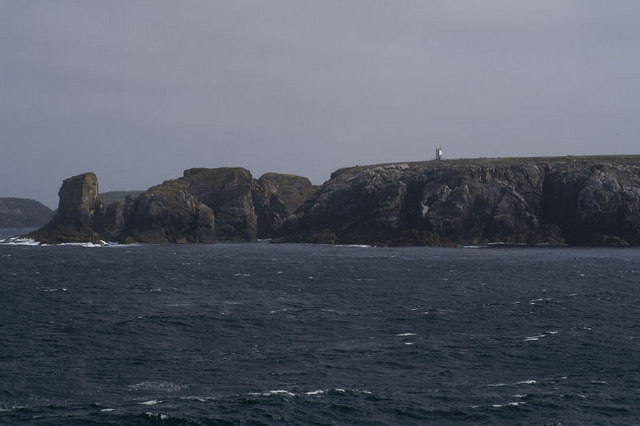
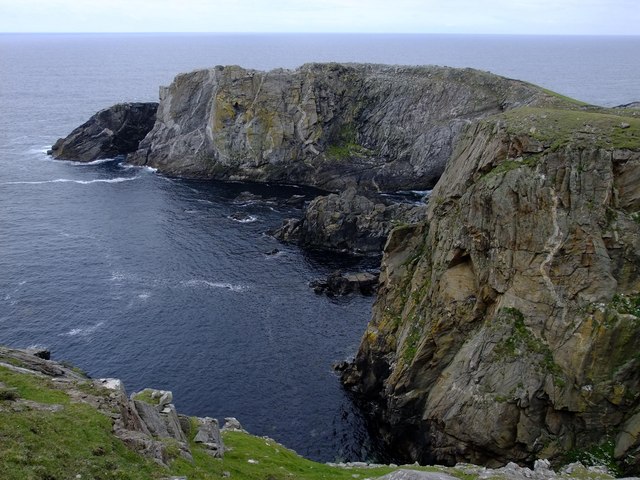
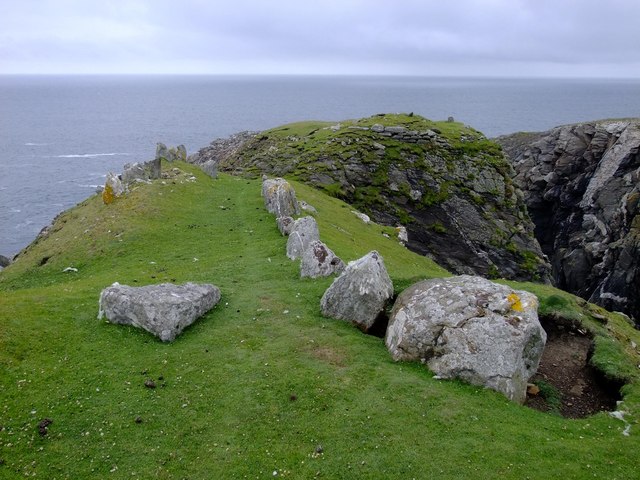
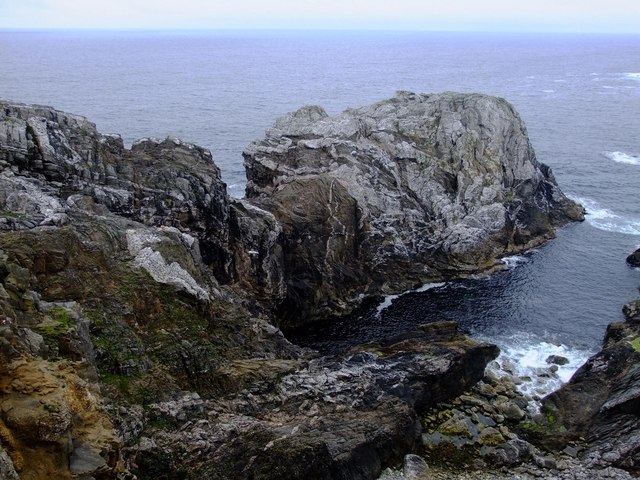
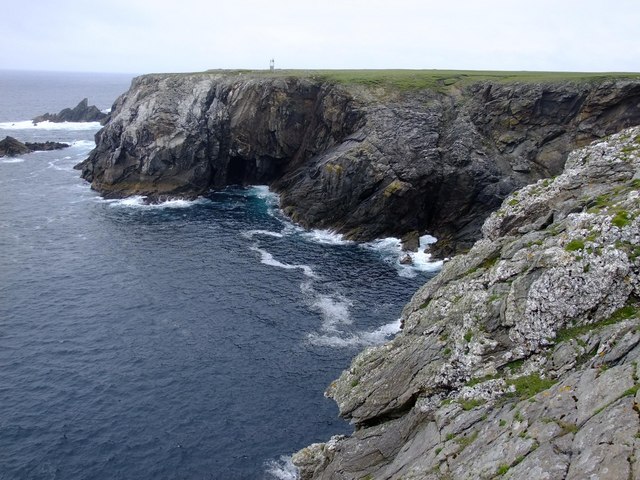
Burgi Geos is located at Grid Ref: HP4703 (Lat: 60.710699, Lng: -1.126646)
Unitary Authority: Shetland Islands
Police Authority: Highlands and Islands
What 3 Words
///charts.bucket.soup. Near Gutcher, Shetland Islands
Nearby Locations
Related Wikis
Gloup
Note: Gloup is common in Scottish placenames referring to a sea jet. Gloup is a village in the far north of the island of Yell in the Shetland Islands...
Gloup Holm
Gloup Holm is an islet in the Shetland Islands, lying to the north of Yell. == Geography and geology == Gloup Holm is near to the part of Yell called North...
Cullivoe
Cullivoe (Old Norse: Kollavágr - Bay of Kolli), is a village on Yell in the Shetland Islands. It is in the north east of the island, near Bluemull Sound...
Ern Stack
Ern Stack is a sea stack off Yell, in Shetland, Scotland. The word "ern" means an eagle (it is a cognate of, for example, Swedish "örn"), and it is said...
Bluemull Sound
Bluemull Sound is the strait between Unst and Yell in Shetland's North Isles. A ferry service crosses it regularly. Cullivoe is on the Yell side, and the...
Gutcher
Gutcher is a settlement on the northeast coast of Yell in the Shetland islands. From here, rollon/roll off ferry services to Belmont on Unst and Hamars...
North Isles
The North Isles are the northern islands of the Shetland Islands, Scotland. The main islands in the group are Yell, Unst and Fetlar. Sometimes the islands...
St Olaf's Church, Unst
St Olaf's Church, Unst is a ruined medieval church located on the island of Unst, in Shetland, Scotland, UK. The church was built in the Celtic style,...
Have you been to Burgi Geos?
Leave your review of Burgi Geos below (or comments, questions and feedback).
